New Customers: Get $25 Off Your First Service Call!
24/7 emergency plumbing, heating and evaporative cooling services
in Albuquerque and surrounding areas!
Nosotros hablamos español.
Essentials like plumbing and heating and cooling need to be done fast and they need to be done right. In Albuquerque, your first call should be to Rocketman Plumbing. We provide fast, friendly and reliable services for:
• Residential (House and Mobile Homes)
• Property Managers
• Realtors
• Commercial
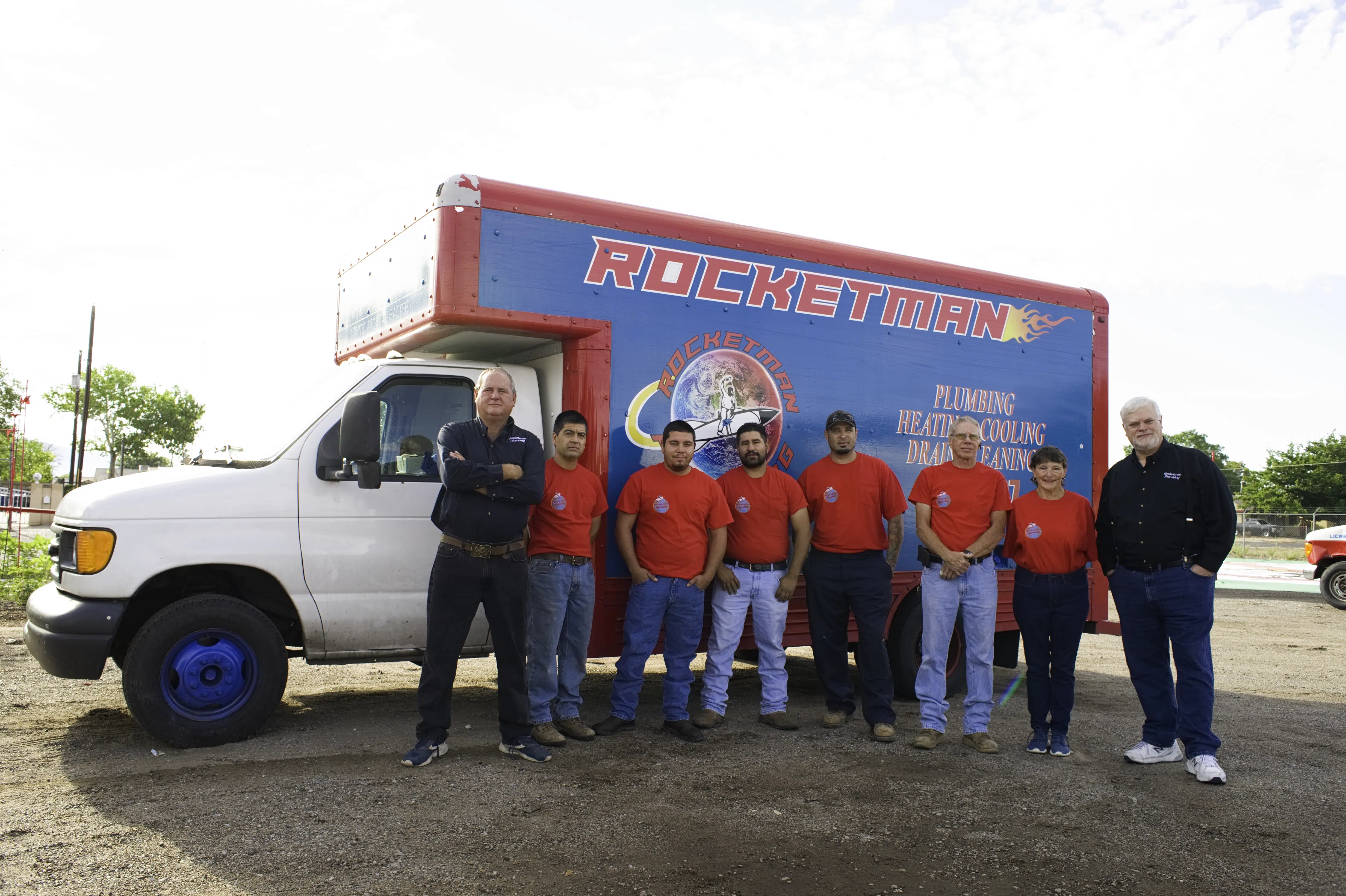
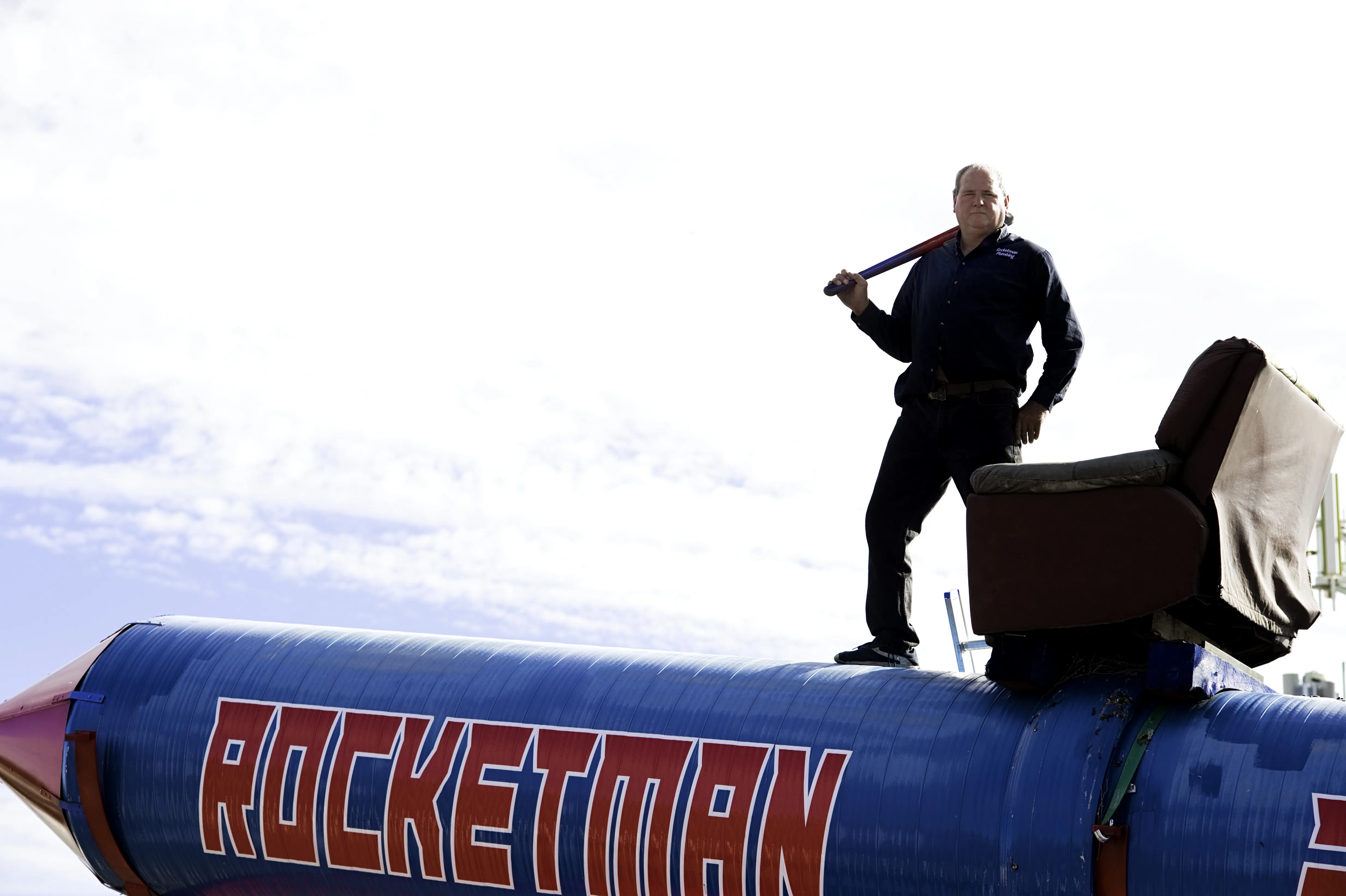
Plumbing and heating and evaporative cooling services are critical to the comfort of your home and productivity of your business. That’s why our technicians are trained to detect the underlying cause of your problem and resolve it rapidly and completely. We’re proud to fulfill our mission in every service call we perform: Provide fast, professional service at an affordable rate.
You never know when there’s going to be a leak, flood or heating and evaporative cooling failure. That’s why we monitor our phones 24/7 and return most calls in ten minutes or less. And, when an emergency strikes, we’ll have a technician at your site as quickly as we can.
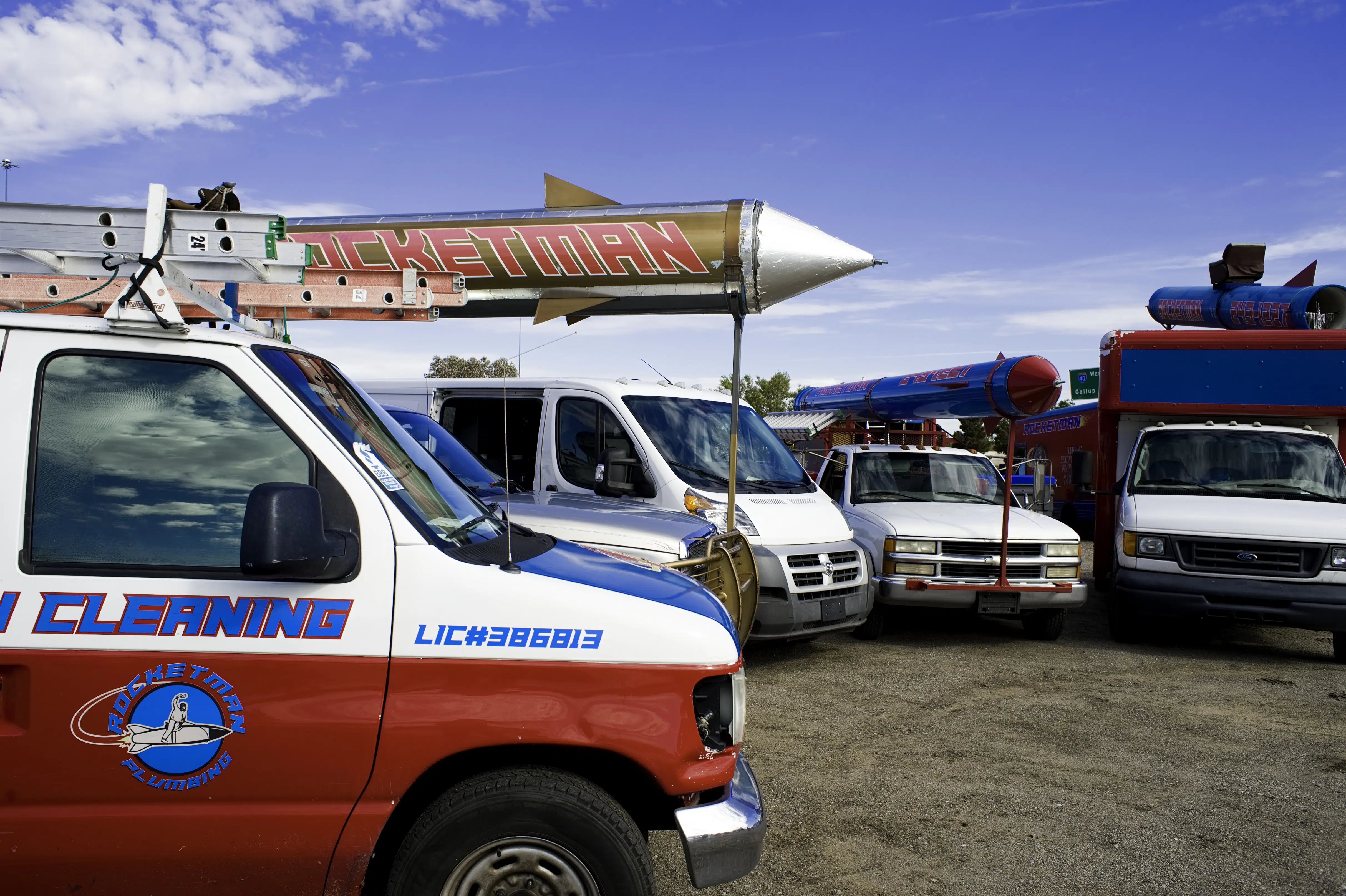
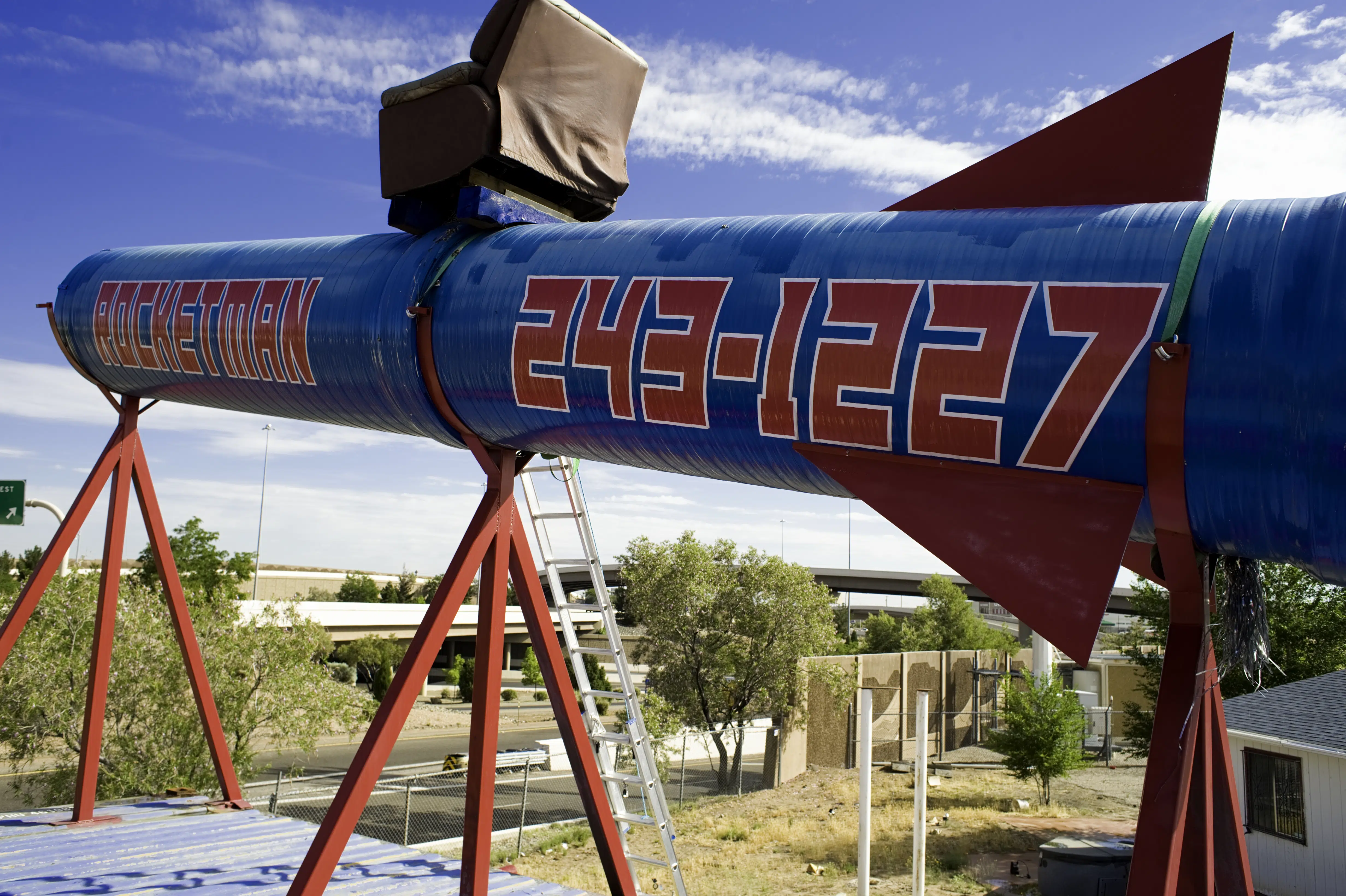
Our trained and expert Albuquerque plumbers can resolve your problems rapidly and accurately. This is just a partial list of the plumbing services we offer:
• Faucet and toilet repair
• Water leak repair
• Drain repair service
• Sewer line repair
• Camera scoping services
• Hot water heater installation and repair
Call us today and let us know what plumbing problem you need help with. Got a complicated problem? We’ll do an inspection and provide you with an accurate estimate at no charge.
We’re specialists in identifying and fixing heating and evaporative cooling problems for our Albuquerque neighbors. We’ll have your equipment up and running quickly to keep your family, customers, tenants or employees comfortable and happy. Here are some of the heating and evaporative cooling services we provide:
• Furnace installation and repair
• Swamp cooler/evaporative cooler repair and installation
• Seasonal switching over between swamp coolers and furnaces
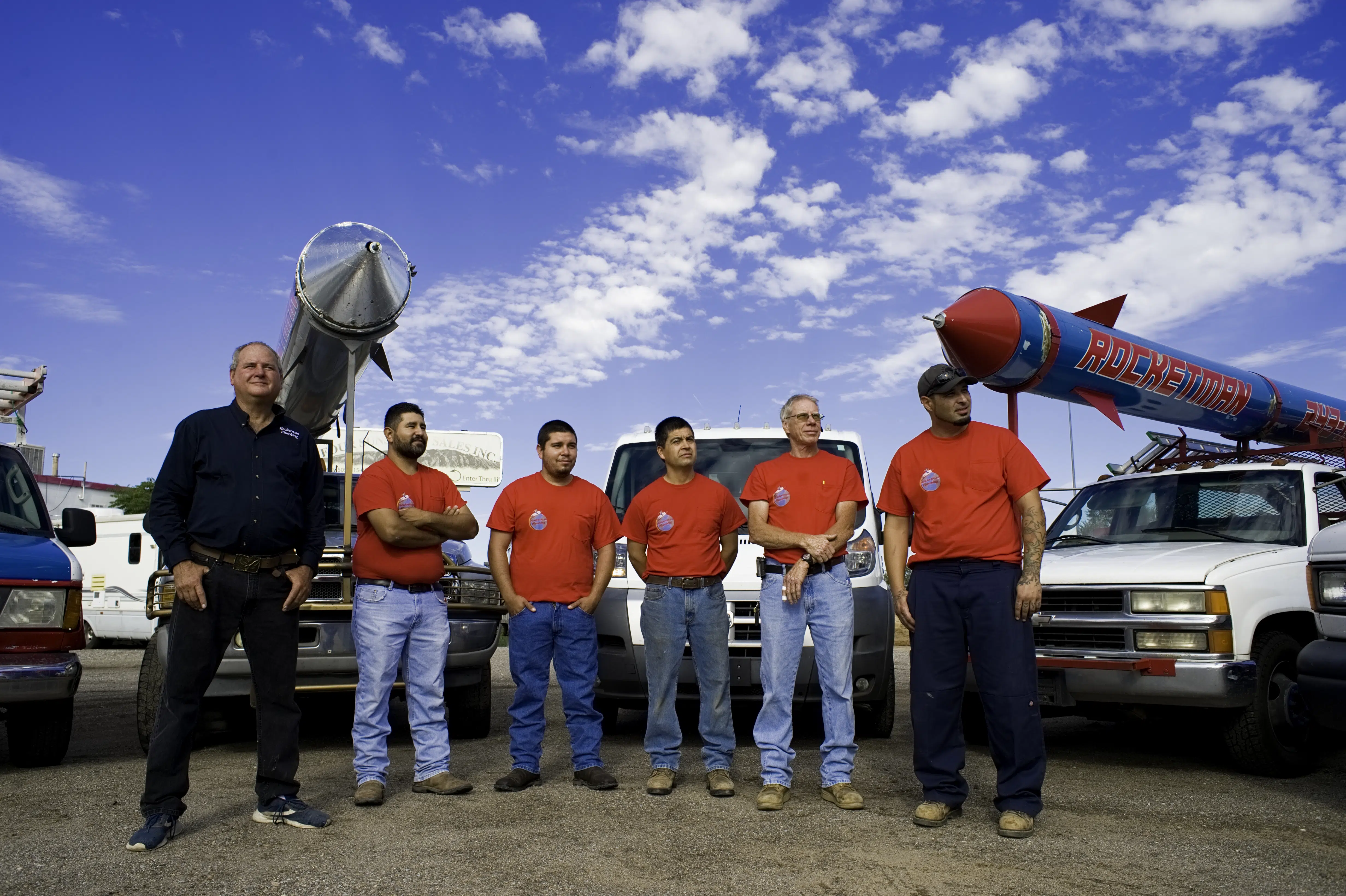
“Rocketman Plumbing delivered! I needed some specialty plumbing fixtures and they showed up on time and fixed my problem quickly! If you want honest, quick, and qualified service, then these are your guys!” H.J.
“I called Rocketman Plumbing on Christmas Eve morning, in dire need with family arriving. They responded promptly. They sent me a text when they were coming accompanied by a photo of who was coming. Took care of the problem, wished me a Merry Christmas and were gone. No more problem. Thanks, guys!” H.T.
“I was impressed with my entire experience with Rocketman Plumbing. I called other national plumbing companies and they didn’t even answer their phone or weren’t available till the following week. Our toilet wouldn’t flush and our Rocketman tech quickly found a tree stump growing in the toilet drain. He competed his work in an hour which was fair. Other companies said it would be a three–to-four hour job. If you’re looking for a plumbing service with great and fast service, I highly recommend Rocketman Plumbing.” E.F.